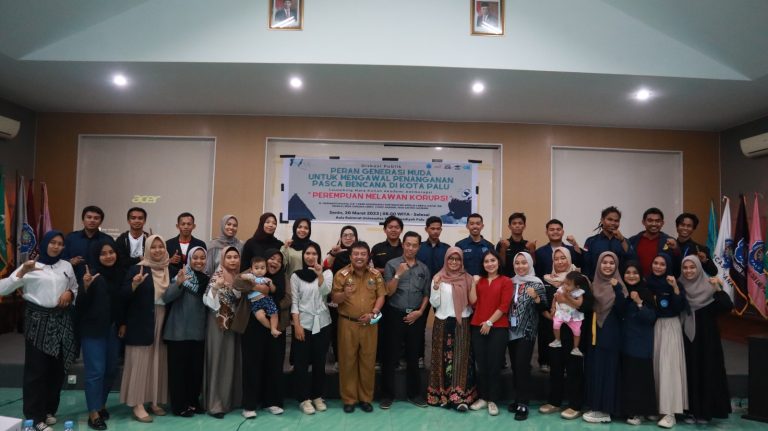Sahabat Mombine, learning environment affects the way the education system impacts effectively. A bad school environment can deter girls from attending school and also negatively impact the quality of education girls receive. The school environment refers not just to the physical infrastructure of the school premises but also the wider learning environment.
According to international human rights law, the school environment must not impair the right to education and it must also contribute to the aims of education and the right to a quality education by creating an inclusive and quality learning environment (see paras 10, 19, and 22 of the Committee on the Rights of the Child’s General Comment 1).
Common barriers regarding the learning environment, include:
- discriminatory curricula, learning materials, and teaching methods (pedagogies) (see above sections on international human rights law and gender stereotypes)
- a culture of bullying (see above section on gender-based violence against women and girls)
- school regulations and sexist dress codes, including the banning of religious symbols in schools
Perhaps one of the most significant barriers to an inclusive and quality learning environment is the lack of female teachers particularly in low and middle income countries, which is itself a manifestation of the historical lack of access to education and harmful gender stereotypes about the role of women. A Unesco brief highlights (2008, p. 1-2) that increasing the number of women teachers has a positive impact on girls’ education, because:
- in some conservative communities, parents will not allow their daughters to be taught by a male teacher
- the presence of women in schools can impact positively on girls’ retention in school and on their achievement
- at the school policy level, women teachers may act as advocates for girls, representing their perspectives and needs, and promoting more girl-friendly learning
- women teachers provide new and different role models for girls, breaking down harmful gender stereotypes
In respects to the physical school environment, inadequate and unsafe infrastructure, particularly the lack of toilets, gender-segregated toilets, changing facilities, and access to safe drinking water may discourage girls from attending school. Lack of toilets and in particular gender-segregated toilets affects both girls and boys, however given the specific needs of girls, the impact disproportionately falls on girls.
Girls require toilets for menstrual hygiene purposes, this includes access to sanitary products, without which girls often miss school because of the social stigma of menstruation, they are unable to concentrate during classes, amongst other reasons. For example, the Guardian reports that girls from low income families in the UK often miss schools because they cannot afford sanitary products and do not ask for them because of the social stigma attached to menstruation.
Within the school premises, toilets, especially non-gender segregated toilets, tend to be where girls are most vulnerable to school-related gender-based violence because they are often unsupervised.


